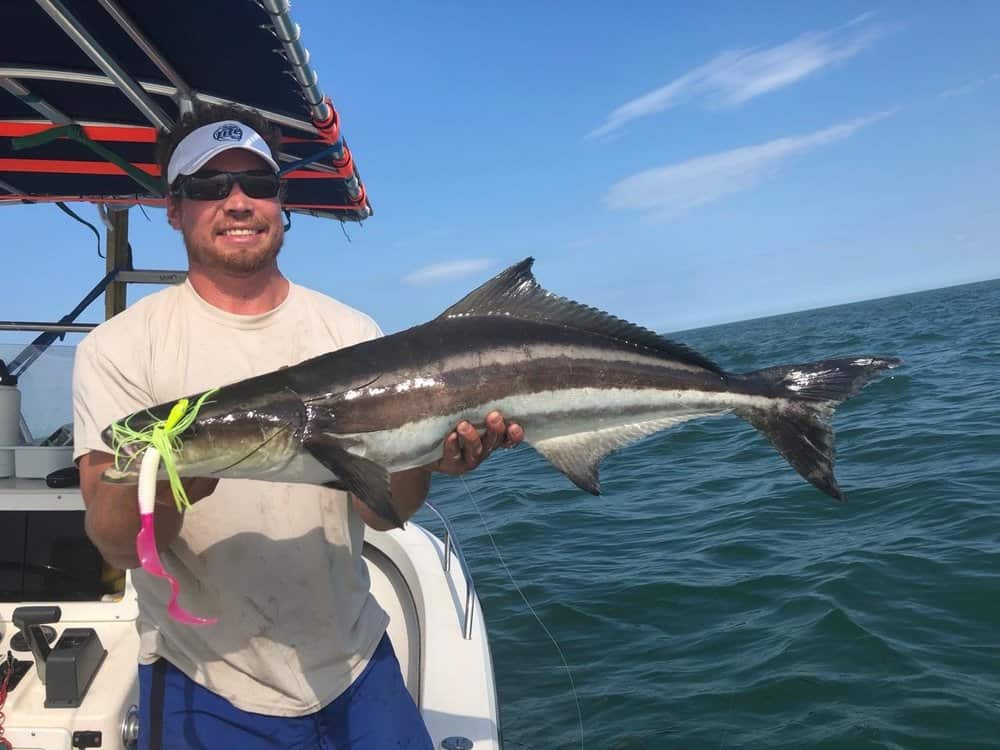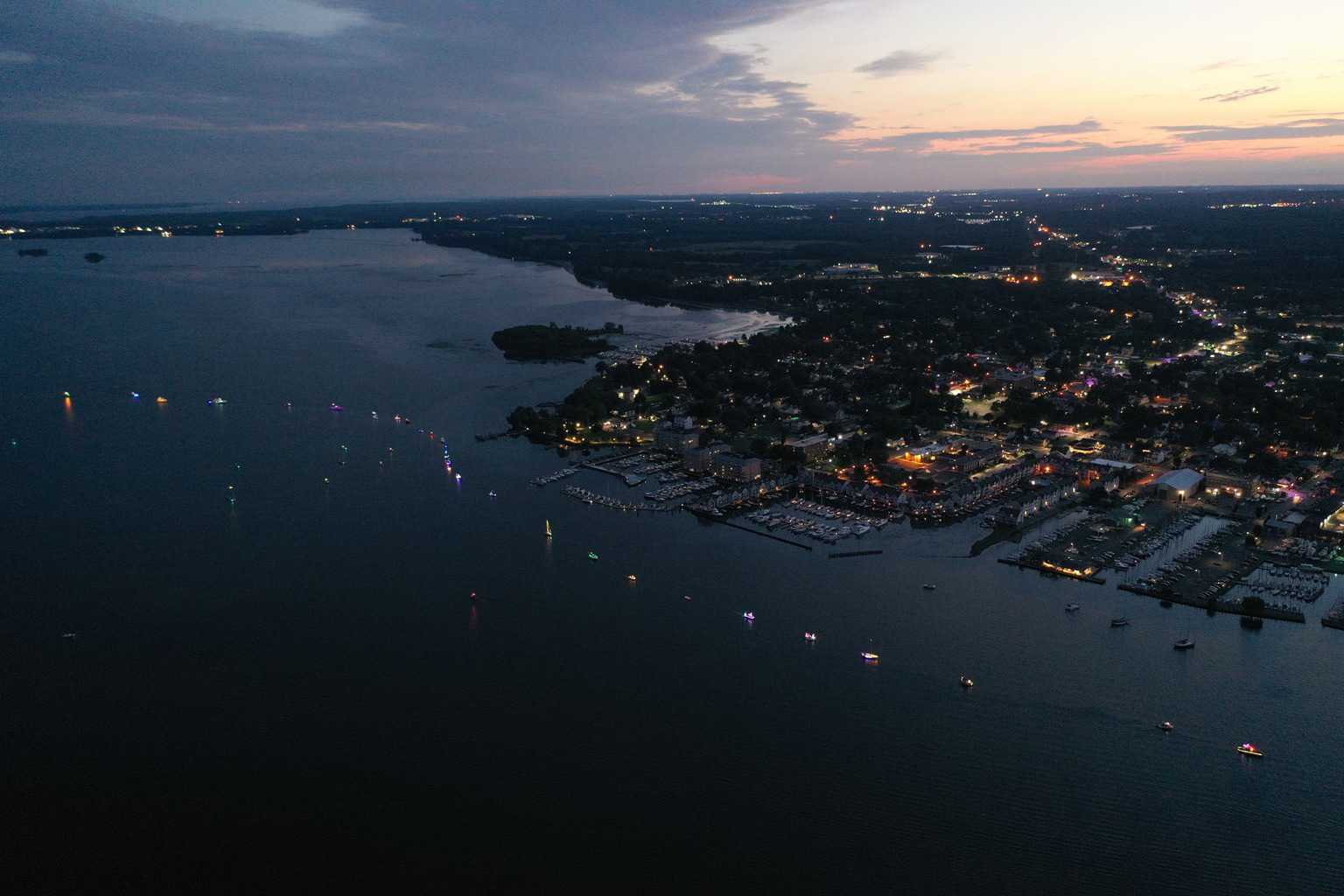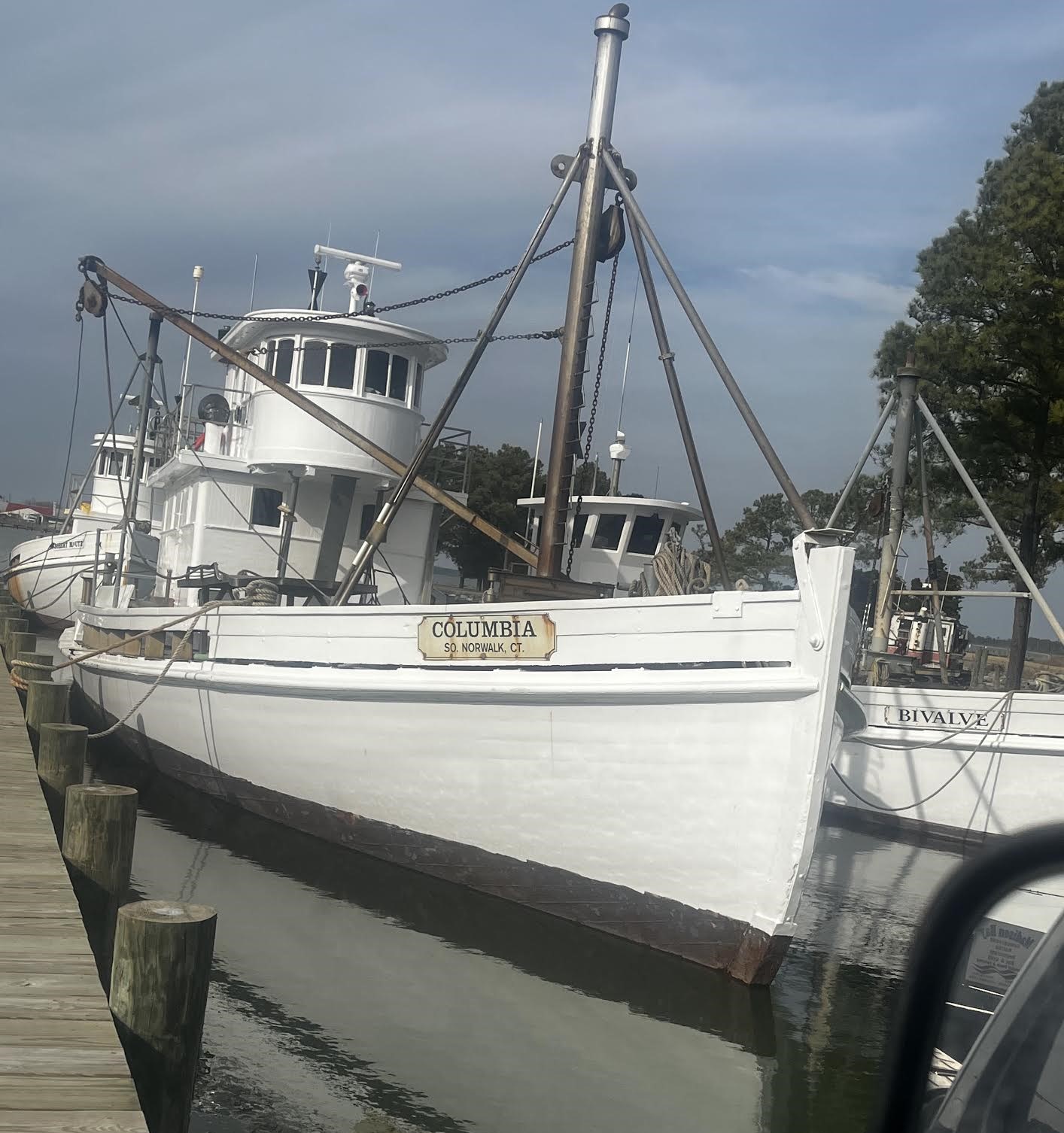It’s a holiday gift for Bay restoration projects, as 104 new grants are awarded for a total of $33.8 million, thanks to the Environmental Protection Agency (EPA’s) Chesapeake Bay Program and the National Fish and Wildlife Foundation (NFWF). With another $30 million-plus in matching contributions, Bay conservation groups will see an impact of more than $64 million for upcoming projects.
The power of partnership was on display during the formal announcement of the funds at Annapolis’s Truxtun Park on Friday. One of those lucky recipients is Hawkins Cove, nearby. Around $500,000 of federal funding will go toward restoring the degraded cove on Spa Creek, as well as turn adjacent land into a city park.
“We know we could make this site a model for connecting people to the water. At the site right now there is an eroded bulkhead, a broken dock, invasive plants, and a silt-clogged, unnavigable waterway. We need to fix all of that,” said Annapolis Mayor Gavin Buckley on Friday.
Buckley and other leaders also say this new water-access site should be be open for all. Hawkins Cove is located within easy walking distance of almost 400 affordable housing units at Harbour House and Eastport Terrace apartments.
“The people who live in the neighborhood, despite living half a block, or, at most, two blocks from the cove don’t have access to the water,” Buckley said. “They’re close, but almost entirely disconnected.”
The mayor called the focus on equitable access a “new playbook.” He said the city conferred with local residents to determine what they wanted, not just what the administration felt was needed.
The mayor reported that residents requested the city connect the Hawkins Cove area to Truxtun Park. And they also wanted usable community space, water access, a resilient shoreline to improve water quality, and habitat for wildlife.
Currently there is a deteriorating, but walkable dock at the cove, large drain pipe outflow, as well as a wooden bulkhead that is expected to collapse in time.
“There’s a beautiful blue heron in there,” Buckley told those gathered at the event. “When I take people in there, I always see that blue heron.”
The mayor led a hike to the cove, through the woods and over a small creek out to the dock. A great blue heron did take flight, and a belted kingfisher was also spotted fishing for a meal. But some invasive species, such as English ivy, were also present.
The new focus on funding outdoor projects that are accessible to people of all income levels is seen as an outgrowth of the environmental justice movement. Some in society believe that under-resourced populations have unequal access to enjoying life outdoors.
“Certainly that movement has played an important role in establishing this as a priority, and also informing what that can look like in practice, ” said Jake Reilly, NFWF director of Chesapeake Bay programs.
NFWF, a nonprofit organization chartered by the United States Congress, has been instrumental in seeing that the $33 million in EPA grants, combined with funding from other government agencies and private partners, is getting to the organizations that can best use it.
Janet McCabe, deputy director and second in command at the EPA, compared the increased funding to the initiation of federal highway development in the 20th century and the emergence of railroads in the 19th century.
But McCabe was careful to put the funding in context of the daily life of residents.
“This is where, to use a tired metaphor, where the rubber meets the road,” McCabe told those gathered. “You can talk about these big amounts of money in the Congress and the EPA, but it’s the actual shovels in the ground, it’s the markers that show where the trail is going to be built, it’s taking out that new splintering dock and putting in the new kayak-launch space that everybody can use—that’s what everyone wants to see with this money.”
While the NFWF will help oversee the distribution of the new funding, grantees are credited with being most closely involved with bringing change to the Bay watershed. Many of the grantees were among the dozens of people attending the announcement.
“We don’t do a lick of work on the ground,” said EPA Mid-Atlantic Administrator Adam Ortiz. “It is all about the work and the hustle [of the grantee organizations]. It is not easy applying for grants. It’s not the easiest thing managing and implementing grants. Without the local partners here that are bringing us these fabulous projects, none of this would be possible.”
The road to improving the health of the Chesapeake Bay watershed has been, and will be, a long one. McCabe noted it had taken centuries to degrade the Bay, and it would take a long time yet to restore it. Mayor Buckley acknowledged more needed to be done.
Senator Chris Van Hollen, who also attended, often equates funding restoration to running up an escalator headed down–it’s hard to make progress, but if nothing at all is done the trajectory of the Bay may quickly deteriorate further.
“I’ve been out on the Bay many times canoeing with the family, fishing–lots of family activities on the Bay, and along the Bay,” he said. “I just do believe that this is an important and special place … I think we have an obligation to preserve it for future generations, but we also have an obligation right now to make sure that all the people who make their livelihood in the Bay can be successful.”
You can find the full list of restoration projects funded by these grants throughout the watershed here.
-Matt Liptak



